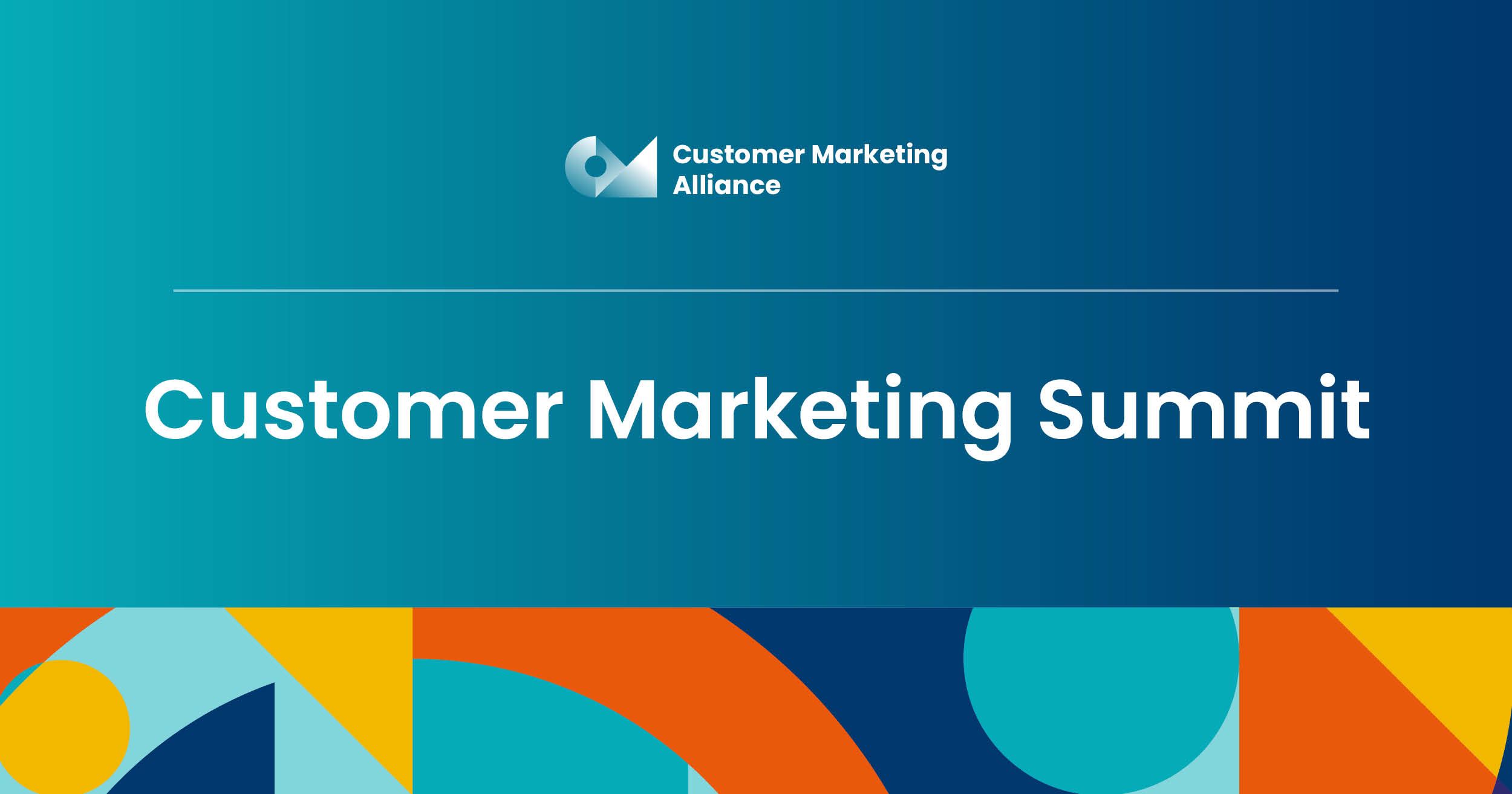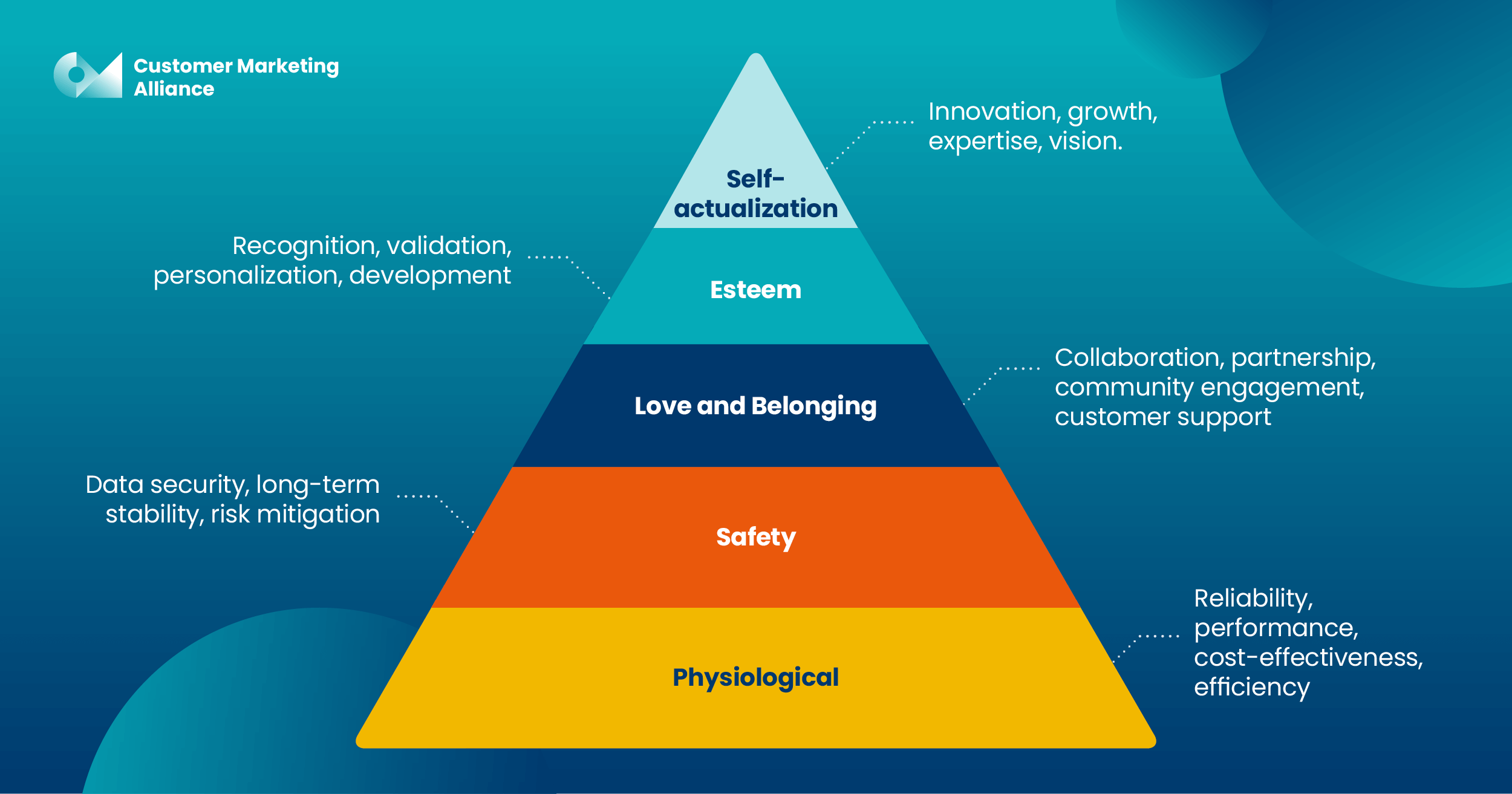In a customer-centric company, customer goals should be just as important to you and your team as your own goals are. But with so many individuals to cater, we wanted to give you the low-down of the most common types of customer goals, and the psychology behind them.
In this article, we'll be covering:
- A definition of customer goals.
- Different types of customer goals.
- How customer goals relate to Maslow's hierarchy of needs.
Defining customer goals: What do they really mean?
Customer goals are the things your customers are aiming for when they interact with your product or brand. It's not just about what they want; it's about why they want it and what they hope to achieve by getting it.
Customer goals can be all sorts of things - from practical needs to emotional desires or just wanting to fit in with the cool crowd.
Understanding customer goals is super important for marketers because it helps you figure out how to talk to people in a way that really hits home. By getting what drives customers, you can tailor your messaging to match up with what people are after.
It's all about making those connections and keeping folks coming back for more. It shows them you get what they're about and why they’re here.
Unraveling the layers: Identifying different types of customer goals
Functional goals
Functional goals relate to practical benefits or solutions achieved by your product or service.
They’ll be looking at the parts of your product that help with things like:
- Efficiency
- Convenience
- Cost-effectiveness
- Reliability
- Durability
Emotional goals
These goals involve the desire for certain emotional experiences or outcomes, such as happiness, satisfaction, or peace of mind.
Within your product, these kinds of customers will be drawn to things like:
- Aesthetic design
- Brand and customer stories
- Nostalgia
- Trust
- Admiration or ambition
Social goals
Customers may have goals related to their social identity, status, or relationships, seeking acceptance, belonging, or admiration from others.
In this case, customers with these types of goals may be more interested in how your company is run (considering things like DE&I, company values, and transparency) rather than the product itself.
They’ll be drawn to things like:
- Social impact
- Donations
- Personalization options
- Community
- Unique experiences
- Accessibility features
Self-Improvement goals
These goals revolve around personal growth, development, or enhancement, including aspirations for learning, skill improvement, or self-expression.
In this case, they’ll consider the presence of things like:
- Educational resources
- Unique learning experiences
- Performance tracking
- Goal-setting and planning tools
- Variety in learning formats
(For example, the Customer Marketing Alliance is an educational tool, and we provide articles, courses, podcasts, community spaces, events, and more. People learn in different ways, and as such, varying how your content is consumed is a huge benefit to all!)

Aspirational goals
There is some overlap between aspirational and self-improvement goals; aspirational goals, however, tend to be more ambitious in terms of image, reach, and achievement.
Customers may have goals related to their long-term aspirations or dreams, such as achieving a certain lifestyle, status, or level of success. This’ll mean they are usually drawn to features like:
- Exclusivity
- Limited editions
- Rewards and trophies
- VIP experiences
Experiential goals
These goals involve the desire for specific experiences or sensations, such as excitement, adventure, or relaxation. While this may overlap with social or aspirational desires, these goals tend to be more about the overall experience, and will take into account things like:
- Sensory experience
- Aesthetics
- Immersion
- Exploration
- Interactive features
Environmental/sustainability goals
Increasingly important, these goals pertain to customers' desires to support environmentally friendly or socially responsible products and practices.
- Eco-friendly materials and manufacturing
- Ethical work practices
- Energy efficiency and conservation
- Transparency of supply chain practices
Health and wellness goals
Customers may have goals related to improving their physical or mental well-being, such as fitness, nutrition, or stress reduction. When it comes to B2B or SaaS companies, this will include things like:
- Data security
- User-friendly interfacing
- Accessibility features
- Automated systems and processes

Maslow to marketing: How customer goals align with basic human needs
Simplifying customer goals down to the most basic needs, as highlighted in Maslow’s hierarchy of needs, is a good way to determine which goals to prioritize over others, and which part of this hierarchy is most relevant to you and your audience.

Maslow's Hierarchy of Needs reflects a theory in psychology that suggests that, as individuals, we are all motivated by a hierarchy of needs, progressing from basic survival needs to higher-order psychological needs.
According to Maslow, people strive to fulfill lower-level needs before moving on to higher-level needs. So that, once a need is met, it no longer serves as a motivator, and individuals become motivated to fulfill the next higher-level need.
In marketing, this hierarchy is a good indicator of how customers are motivated by specific goals, but also that these goals will change and shift over time as your company becomes better equipped to meet them
A marketing campaign might appeal to a customer’s physiological needs by emphasizing the practical benefits or features of a product, while another might fulfill a customer’s esteem needs by highlighting how the product enhances their status or self-image. Let’s go into a bit more detail…
Physiological
These are the basic requirements for human survival, such as food, water, and shelter. In marketing terms, this will be the most basic of customer needs you must meet including:
- Reliability and performance
- Cost-effectiveness
- Operational efficiency
Safety
Safety needs encompass physical and psychological security, stability, and protection from harm or danger.
- Data security and compliance
- Long-term stability
- Risk mitigation
Love and Belonging
These needs involve interpersonal relationships, social connections, and a sense of belonging within a community.
- Collaboration and partnership
- Community engagement
- Customer support and relationship management

Esteem
Esteem needs involve feelings of self-worth, recognition, respect from others, and a sense of accomplishment.
- Recognition and validation
- Customization and personalization
- Professional development and growth
Self-actualization
These needs involve personal growth, fulfillment of potential, creativity, and achieving one's highest potential.
- Innovation and growth opportunities
- Thought leadership and expertise
- Strategic alignment and vision
Consumer psychology
The one thing we can never know is what goes on in our customers' minds. But becoming a master of consumer psychology brings us very close. 🔍 Sign up to our Consumer psychology: Masters course and get:
⏰ 4+ hours of content
✅ 100+ exam questions
📝 6 modules
🔖 Official certification
👨🏼💻 100% self-paced





